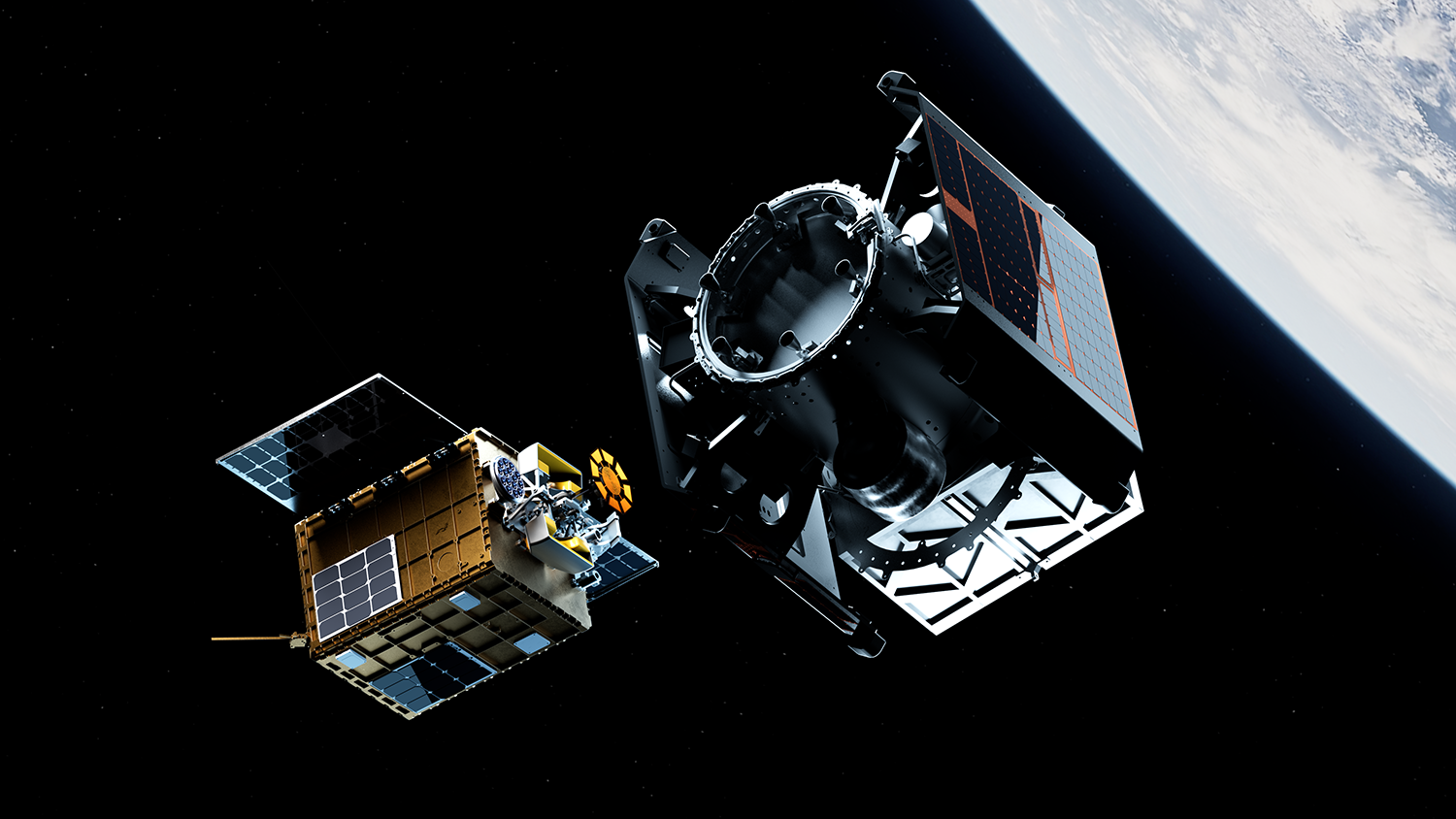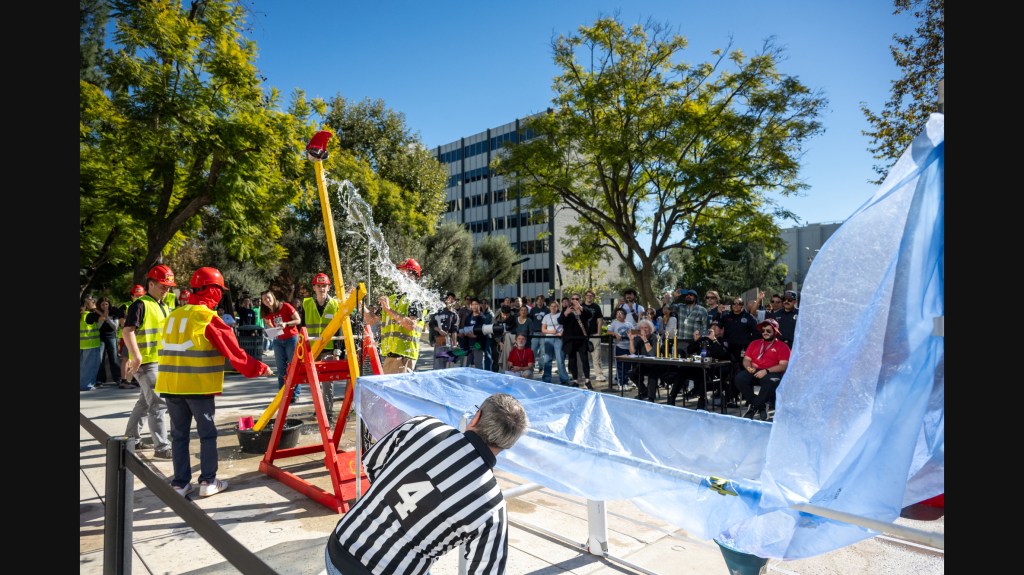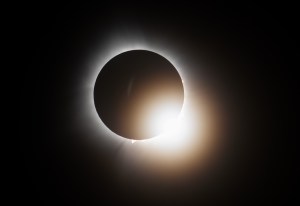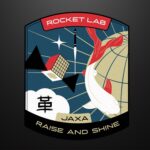Now Reading: Starfish Space Prepares for Historic Commercial Satellite Docking Mission
-
01
Starfish Space Prepares for Historic Commercial Satellite Docking Mission
Starfish Space Prepares for Historic Commercial Satellite Docking Mission


Starfish Space is on the cusp of a groundbreaking mission that aims to achieve the first commercial satellite docking in low Earth orbit (LEO). Dubbed Otter Pup 2, this mission will launch aboard the upcoming SpaceX Transporter-14 rideshare mission, marking a new chapter in satellite servicing technology.
The uniqueness of Otter Pup 2 lies in its target—this mission will dock with a D-Orbit ION spacecraft, which is not features an conventional docking adapter. Traditional docking systems, often found in space stations or purpose-built rendezvous targets, are absent, making this a pioneering effort in the sphere of satellite servicing.
Starfish Space plans to demonstrate the ability to dock with unprepared satellites, providing valuable services such as repair, refueling, or repositioning in orbit. This capability could revolutionize the way satellites are built and managed, allowing them to be less self-sufficient and more serviceable throughout their operational lives.
- Previous Attempt: The mission follows an initial attempt, Otter Pup 1, which faced challenges due to a thruster failure and was unable to dock with its target.
- Launch Details: The Otter Pup 2 spacecraft will be deployed from a quarter plate on the SpaceX Falcon 9 rocket, targeting a sun-synchronous orbit at 510 km, inclined at 97.4 degrees.
At the heart of this mission is Starfish Space’s innovative Nautilus capture mechanism. This advanced system features a specialized end effector designed to dock with the ION spacecraft through electrostatic adhesion. Such technology is not only groundbreaking but also a testament to the ingenuity behind satellite servicing.
In addition to electrostatic adhesion, the docking mechanism includes an electromagnet as a backup option, allowing for magnetic attraction during the docking process. This redundancy very important, ensuring that even if the primary system fails, the mission can still achieve its objective of docking successfully.
“This allows us to make Otters an order of magnitude smaller than other servicing vehicles—making them faster to build, faster to launch, and finally closing the business case for satellite servicing to scale across the space industry,” stated Trevor Bennett, co-founder of Starfish Space.
Starfish Space’s ambitions extend beyond Otter Pup 2. The company aims to deploy its Otter satellite servicing vehicles, intending to start missions for notable clients such as NASA, the U.S. Space Force, and Intelsat by as soon as 2026. By integrating advanced technologies into these vehicles, Starfish seeks to make satellite servicing not only feasible but also commercially viable.
The Otter Pup 2 will use two ThrustMe thrusters that employ an electric propulsion system based on gridded ion thruster technology. This propulsion system is particularly suitable for the delicate maneuvers required during rendezvous and docking operations.
Additionally, the mission will test its advanced rendezvous and docking software, known as CETACEAN, which will use onboard sensors to assess the relative position of the Otter Pup 2 and its target. Together with the Argus camera system, CETACEAN will facilitate precise navigation even in the challenging conditions of LEO.
“Since the start of the Space Age, humanity has sent satellites into orbit knowing they’ll be on their own,” the company stated. “With no affordable, practical options for servicing once in orbit, satellites must be entirely self-sufficient, greatly constraining how they can be built, how much they can do, and how long they can last.”
The Otter Pup 2 mission is not merely a technical demonstration. It represents a strategic step towards a future in which satellites can be serviced and maintained in space, extending their operational lifespans and enhancing their capabilities. The success of this mission could have far-reaching implications for satellite design, the service industry, and beyond.
As anticipation builds for the Transporter-14 launch, currently scheduled no earlier than June 1, 2025, the space community eagerly awaits the results of this pioneering endeavor. Starfish Space’s ambitious plans might just be the catalyst needed to usher in a new era of satellite servicing and sustainability in space.
Stay Informed With the Latest & Most Important News
Previous Post
Next Post
-
 012024 in Review: Highlights from NASA in Silicon Valley
012024 in Review: Highlights from NASA in Silicon Valley -
 02Panasonic Leica Summilux DG 15mm f/1.7 ASPH review
02Panasonic Leica Summilux DG 15mm f/1.7 ASPH review -
 03How New NASA, India Earth Satellite NISAR Will See Earth
03How New NASA, India Earth Satellite NISAR Will See Earth -
 04And Thus Begins A New Year For Life On Earth
04And Thus Begins A New Year For Life On Earth -
 05Astronomy Activation Ambassadors: A New Era
05Astronomy Activation Ambassadors: A New Era -
06SpaceX launch surge helps set new global launch record in 2024
-
 07From Polymerization-Enabled Folding and Assembly to Chemical Evolution: Key Processes for Emergence of Functional Polymers in the Origin of Life
07From Polymerization-Enabled Folding and Assembly to Chemical Evolution: Key Processes for Emergence of Functional Polymers in the Origin of Life




















